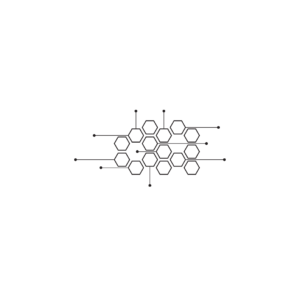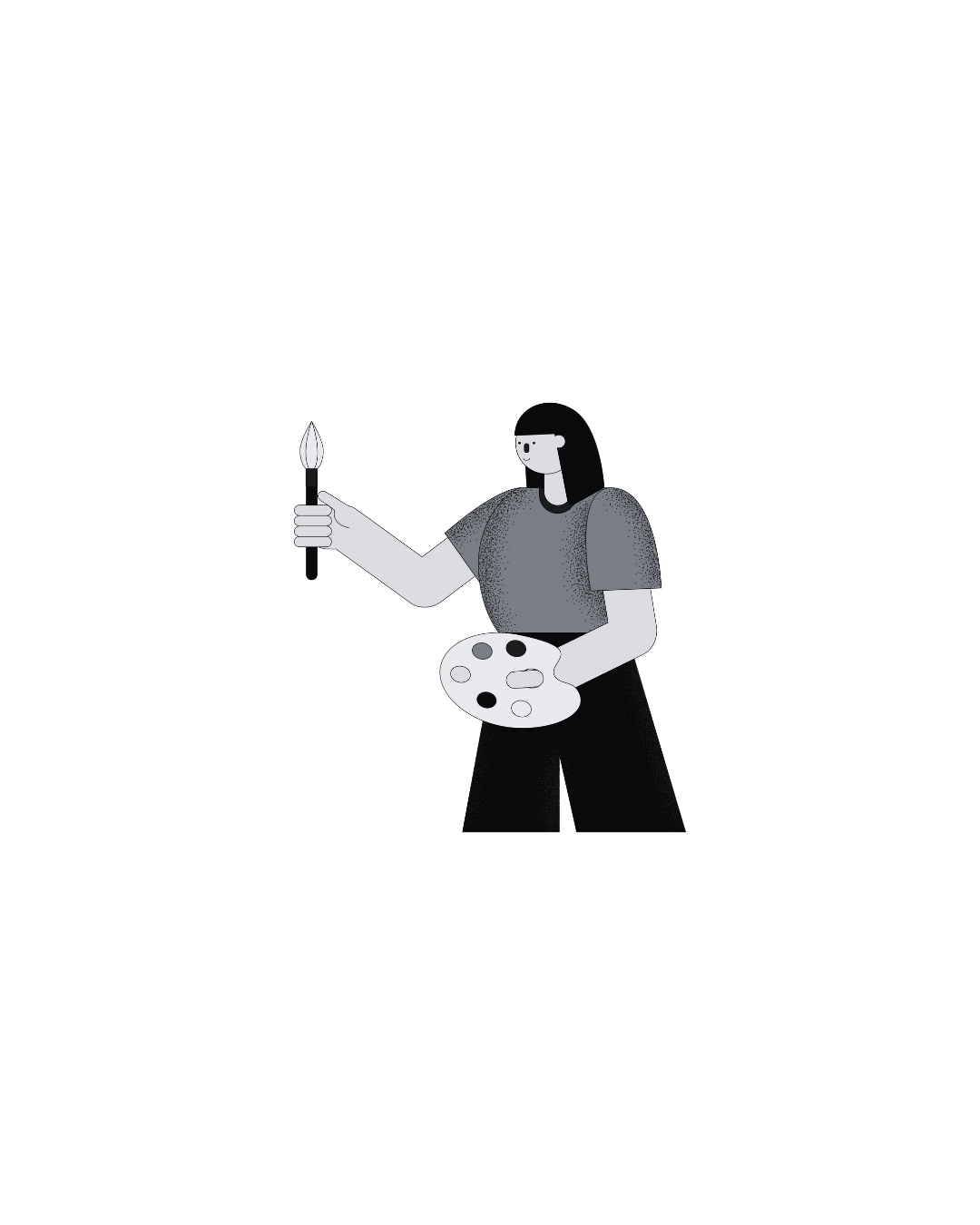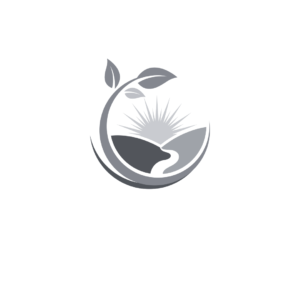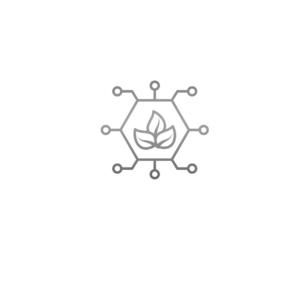Description
The Diploma in Vocational Education (D.Voc) in Texturing Artist is a specialized program focused on the skills and techniques needed to create textures for 3D models and environments in various media such as film, video games, animation, and virtual reality. Texturing Artists play a critical role in the 3D modeling pipeline, enhancing the realism and visual appeal of digital assets through surface detail, color, and texture.
Course Details:
Duration: Typically 1 to 2 years, depending on the institution.
Eligibility: Candidates usually need to have completed secondary education (10th or 12th grade). A background in arts, design, or computer graphics can be beneficial but is not mandatory.
Mode of Study: This program is offered as a full-time course that combines theoretical learning with practical, hands-on experiences.
Curriculum:
The curriculum for a Diploma in Texturing Artist usually includes the following key areas:
1. Introduction to Texturing
Role of a Texturing Artist:
Overview of responsibilities, including the creation of surface textures and materials for 3D models.
Understanding Textures:
Basics of textures, materials, and how they affect the appearance of 3D objects.
2. Fundamentals of 3D Modeling
3D Software Proficiency:
Training in popular 3D modeling software (e.g., Autodesk Maya, 3ds Max, Blender) to create and manipulate models.
Modeling Techniques:
Understanding polygonal modeling, sculpting, and basic UV mapping.
3. Texturing Techniques
UV Mapping:
Learning how to create UV layouts for 3D models to apply textures accurately.
Texture Creation:
Techniques for creating different types of textures (e.g., diffuse, specular, normal maps) using software such as Adobe Photoshop, Substance Painter, or Mari.
4. Materials and Shading
Material Properties:
Understanding how materials react to light, including properties like reflectivity, shininess, and bumpiness.
Creating Shaders:
Basics of shader creation in game engines like Unreal Engine or Unity, focusing on how textures interact with lighting in real-time.
5. Realism in Texturing
Photorealistic Techniques:
Learning methods to achieve photorealistic textures and materials using reference images and techniques such as sculpting and image manipulation.
Texturing for Different Mediums:
Understanding the differences in texturing for film vs. video games, including optimization techniques for real-time applications.
6. Practical Application
Hands-On Projects:
Completing practical assignments to create textures for different assets, such as characters, environments, and props.
Portfolio Development:
Building a professional portfolio showcasing texturing skills and completed projects.
Assessment:
Assessment for this program may include:
Project Work:
Practical projects demonstrating texturing skills and creativity.
Portfolio Reviews:
Evaluation of a portfolio featuring various texturing projects.
Written Examinations:
Testing theoretical knowledge of texturing techniques and software.
Career Opportunities:
Graduates of the D.Voc in Texturing Artist can explore various career paths, including:
Texturing Artist: Specializing in creating textures for 3D models in films, video games, and animations.
3D Modeler: Working on creating and detailing 3D assets that may also involve texturing.
Game Artist: Contributing to the visual development of video games, focusing on textures and materials.
Visual Effects Artist: Creating textures and materials that are used in visual effects for films and other media.
Environment Artist: Focusing on creating textured environments for games and animations.
Freelance Artist: Working independently on various projects in gaming, film, or digital media.
This diploma program is ideal for individuals with a passion for digital art, 3D modeling, and a desire to work in the creative industries. If you have more specific questions or need additional information, feel free to ask!









